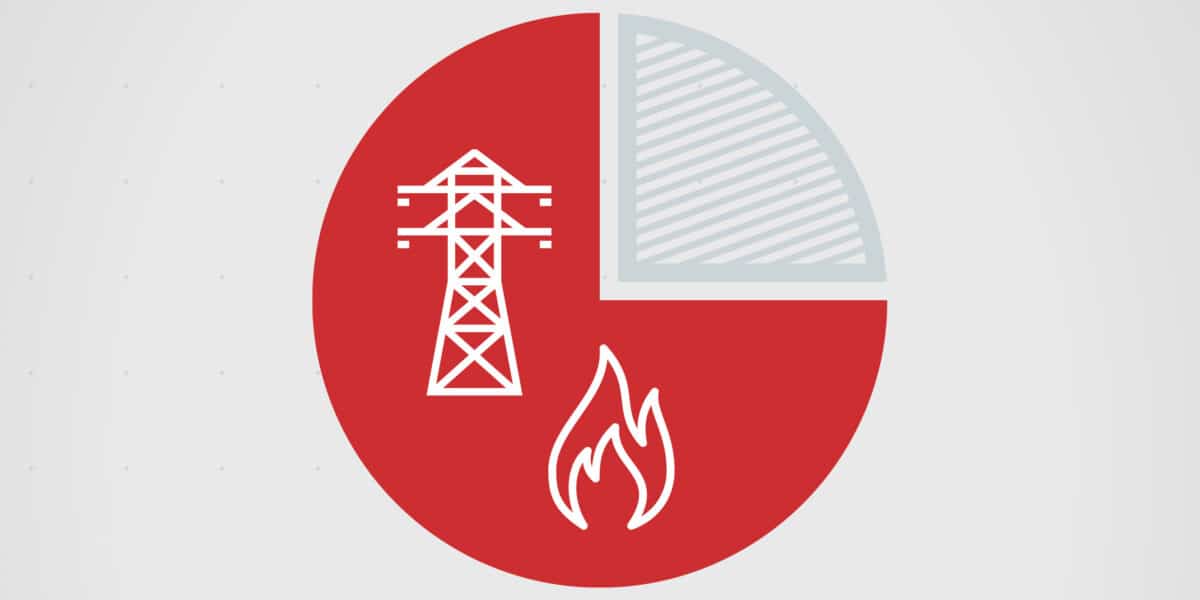Over the past 20–30 years, the EU has used energy regulation in an effort to create a more competitive European energy system.
“The priorities for every market participant include the security of the energy system, carbon neutrality, efficiency and customer orientation. There is a great need for joint innovation and development,” says Olli Sipilä, CEO of Gasgrid Finland.
Gasgrid Finland Oy is the transmission grid company responsible for Finland’s gas transmission, the maintenance and development of the transmission infrastructure, and the maintenance of a virtual trading platform for the gas market.
The price of energy is a hot topic. Sipilä says he understands the concerns of consumers who have incurred high and unexpected extra costs for electricity and gas. However, he points out that Finland had the second cheapest electricity in Europe last year.
“Price rises can easily be blamed on the market model. However, it is important to distinguish between two different matters: an acute crisis and the support in response, and the long-term development of the market model.”
He says that when a major challenge needs to be tackled, the factors causing the crisis must be addressed specifically as required. We should not rush to make any rash changes to the long-term regulation of the market itself or its investment elements and structures.
“If we try to change these factors too quickly, it may have the opposite of the desired effect.”
The market changes planned by the European Commission are affecting operations right now. For example, the Commission has proposed severing the link between gas and electricity prices, among other changes to the market model.
“Crises always put the market to the test. Markets have different and complex pricing mechanisms, and interventions such as price caps should be approached with caution. Predictability is extremely important,” Sipilä says.






